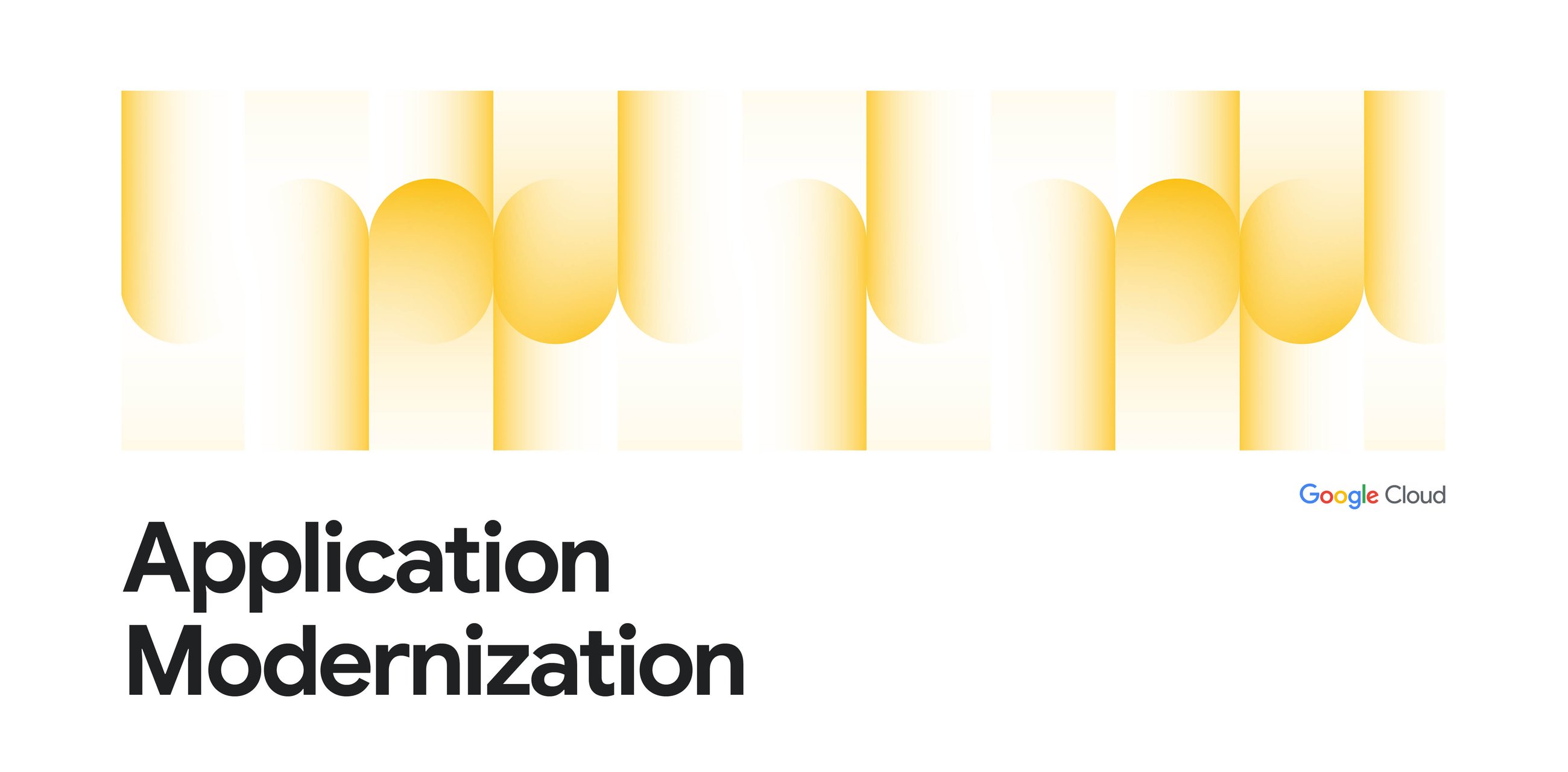What guides your approach to software development? In our roles at Google, we’re constantly working to build better software, faster. Within Google, our Developer Platform team and Google Cloud have a strategic partnership and a shared strategy: together, we take our internal capabilities and engineering tools and package them up for Google Cloud customers.
At the heart of this is understanding the many ways that software teams, big and small, need to balance efficiency, quality, and cost, all while delivering value. In our recent talk at PlatformCon 2025, we shared key parts of our platform strategy, which we call “shift down.”
Shift down is an approach that advocates for embedding decisions and responsibilities into underlying internal developer platforms (IDPs), thereby reducing the operational burden on developers. This contrasts with the DevOps trend of “shift left,” which pushes more effort earlier into the development cycle, a method that is proving difficult at scale due to the sheer volume and rate of change in requirements. Our shift down strategy helps us maximize value with existing resources so businesses can achieve high innovation velocity with acceptable quality, acceptable risk, and sustainable costs across a diverse range of business models. In the talk, we share learnings that have been really helpful to us in our software and platform engineering journey:
- aside_block
- <ListValue: [StructValue([('title', 'Try Google Cloud for free'), ('body', <wagtail.rich_text.RichText object at 0x3e6e30122640>), ('btn_text', 'Get started for free'), ('href', 'https://console.cloud.google.com/freetrial?redirectPath=/welcome'), ('image', None)])]>
- Work backwards from the business model: By starting with the business model, organizations can intentionally guide platform evolution and investment to align with desired margins, risk tolerance, and quality requirements. At Google, our central platform must support diverse business models, necessitating continuous strategic refinement and adaptation.
- Focus on quality attributes for central software control: Quality attributes, such as reliability, security, efficiency, and performance, are emergent properties of software systems and are important for creating business value and managing risk. These are often referred to as “non-functional requirements” because they define how our software behaves, not what it functionally does. With a shift down strategy, we can embed the responsibility for assuring quality attributes directly into the underlying platform systems and infrastructure, thereby significantly reducing the operational burden on individual developers.
- Abstractions and coupling are key technical tools to gain control of quality attributes: We define two key technical components in the way we build platforms: abstractions and coupling. In a shift down strategy, abstractions provide understandability, risk management levers, accountability, and cost control by encapsulating complexity. Coupling refers to the interconnectedness and interdependence of components within a system or development ecosystem. For a successful shift down strategy, the right degree of coupling is crucial because it allows the development platform and ecosystem design to directly implement and influence quality attributes. In fact, coupling is how we offer entire infrastructure and platform solutions as coherent services like Google Kubernetes Engine (GKE).
- Shared responsibility, education, and policy are equally important social tools: Shared responsibility is a crucial social tool within software at scale. This is actively cultivated through education, such as training engineers on platform and AI usage, and fostering a “one team” culture that encourages a shift from artifact-bound identities to overarching mission goals and client-focused engagement. Furthermore, explicit policies like centrally enforced style guides and secure-by-design APIs are fundamental for embedding quality attribute assurance directly into the platform and infrastructure, significantly reducing the operational burden on individual developers by ensuring consistency and automated controls at scale.
- Use a map. Supporting many business units with one platform is a vast and complex problem; we need a map. The ecosystem model is a framework that categorizes different types of software development environments, ranging from highly flexible, developer-controlled systems to highly opinionated, vertically integrated ones where the ecosystem itself assures quality attributes. Its critical purpose is to provide a visual and conceptual tool for evaluating how well our ecosystem controls match our business risk. This helps us ensure that the level of oversight and assurance of quality attributes aligns with the potential cost of mistakes. The goal is to be in the “ecosystem effectiveness zone,” where controls are balanced to mitigate significant risks from human error without imposing overly restrictive systems that negatively impact velocity and developer satisfaction.

6. Divide up the problem space by identifying different platform and ecosystem types.
Because the developer experience and platform infrastructure change with scale and degree of shifting down, it’s not enough to just know where the ecosystem effectiveness zone is — you have to identify the ecosystem by type. We differentiate ecosystem types by the degree of oversight and assurance for quality attributes. As an ecosystem becomes more vertically integrated, such as Google’s highly optimized “Assured” (Type 4) ecosystem, the platform itself assumes increasing responsibility for vital quality attributes, allowing specialists like site reliability engineers (SRE) and security teams to have full ownership in taking action through large-scale observability and embedded capabilities. Conversely, in less uniform “YOLO,” “AdHoc,” or “Guided” (Type 0-2) ecosystems, developers have more responsibility for assuring these attributes, while central specialist teams have less direct control and enforcement mechanisms are less pervasive. It’s really important to note here that this is not a maturity model — the best ecosystem and platform type is the one that best fits your business need (see point #1 above!).

Intentional choices in platform engineering
The most important takeaway is to make active choices. Tailor platform engineering for each business unit and application to achieve the best outcomes. Place critical emphasis on identifying and solving stable sub-problems in reliable, reusable ways across various business problems. This approach directly underpins our “shift down” strategy, moving toward composable platforms that embed decisions and responsibilities for software quality directly into the underlying platform infrastructure, thereby improving our ability to maximize business value with the right resources, at the right quality level, and with sustainable costs.
Watch our full discussion for more insights on effective platform engineering.

